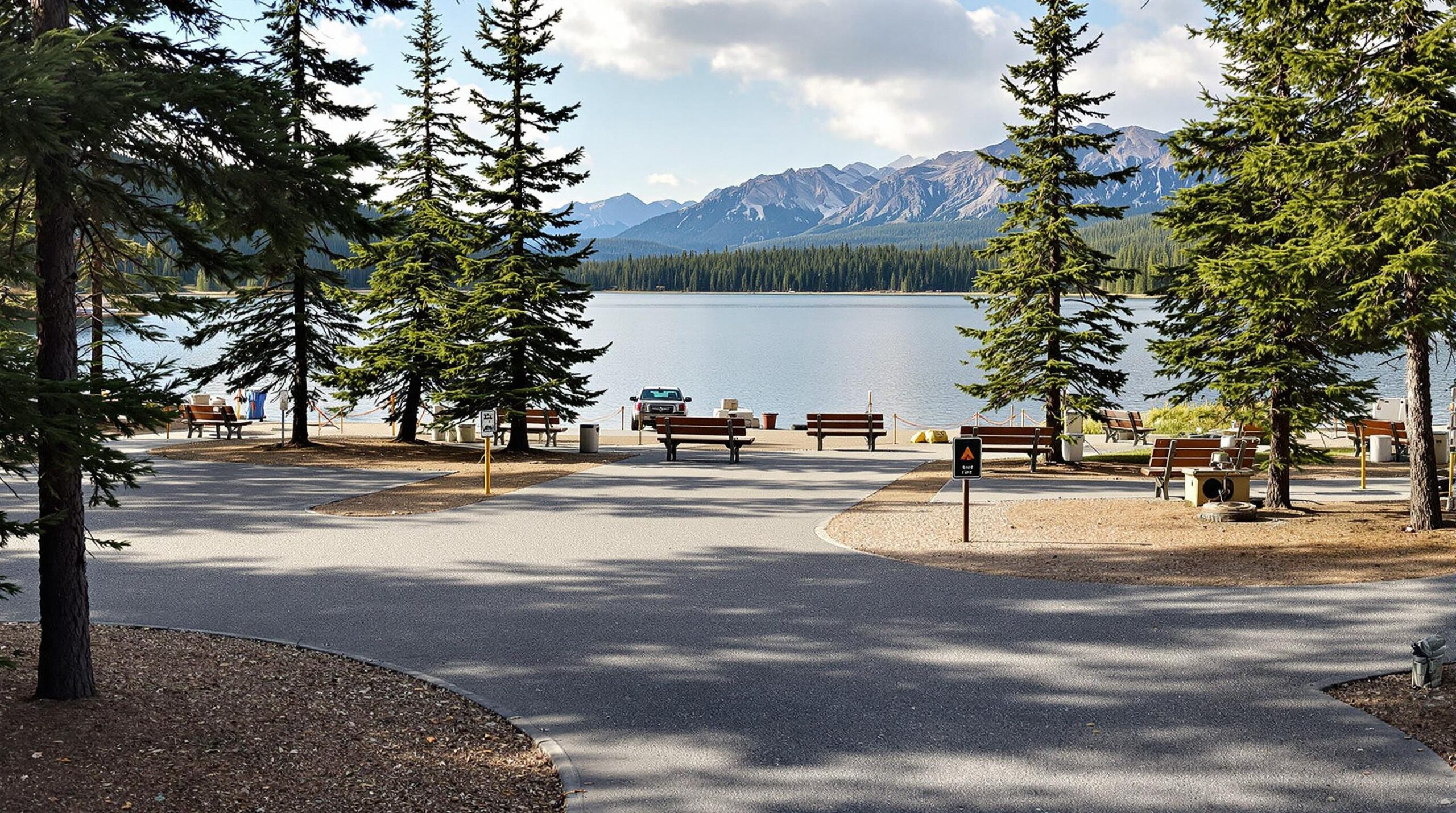Officials with the U.S. Army Corps of Engineers Omaha District plan to reduce services or partially close certain recreation areas in Montana beginning May 1, 2025, to contend with seasonal staffing and resource constraints explaining the plan. These actions are intended to ensure visitor safety and protect critical hydropower operations within the Missouri River Basin, according to the agency’s recent statement.
In Montana, the Fort Peck Interpretive Center will see educational and interpretive programs scaled back from five days a week to just one day weekly highlighting that change. While no complete campground closures have been indicated for the state, broader maintenance cutbacks are expected to affect visitor experiences, particularly during the peak travel months of June through August.
Janitorial services will be reduced to three visits weekly instead of a daily schedule, and trash collection will also follow an adjusted timetable describing reduced staffing. Agency officials note these cutbacks reflect a strategy to handle limited personnel and resources at multiple sites along the river system.
Other states in the region will experience more expansive closures, including campground shutdowns in parts of North Dakota and South Dakota. Several day use areas and visitor centers in those neighboring locations will be fully or partially shuttered, further illustrating the extent of the seasonal strain on manpower.
A press statement from the Omaha District confirms that refunds will be processed through Recreation.gov for those who had reservations at sites that cannot be maintained or must be closed entirely. Visitors are encouraged to verify the operational status of ramps, campgrounds and interpretive centers before traveling to avoid unexpected inconveniences.
Col. Robert J. Newbauer, Omaha District commander, said, “We understand these closures may disrupt plans, and we sincerely appreciate the public’s flexibility as we take the necessary steps to provide safe and sustainable recreation experiences this summer.” He emphasized that the agency will monitor conditions closely as the season unfolds.
Officials note that signage and posted updates may vary by location, requiring travelers to confirm site availability before arrival. In statements related to these changes, the Corps has focused on ensuring public safety and allocating resources to essential hydropower operations.
Meanwhile, self-serve measures can ease pressures on in-person staff. Straightforward check-in or reservation procedures, when clearly explained, may help accommodate visitors at sites experiencing reduced labor.
Effective communication is also critical when closures or partial shutdowns occur. Regular updates on websites, social media channels and reservation platforms help manage expectations, particularly for out-of-state travelers.
Offering alternate sites or nearby attractions is another method to address limitations. Directing campers to lesser-utilized facilities can reduce crowding at more impacted areas.
The agency’s commitment to addressing staffing constraints remains part of its broader operational objectives. Press materials indicate that a full resumption of services is anticipated when more seasonal workers become available.
Montana’s recreation sites, particularly Fort Peck, remain partially open but will operate within these cutbacks beginning May 1, 2025. The Corps encourages visitors to stay informed through official channels and plan ahead for any altered conditions.
Cross-train core employees and streamline cleaning protocols to maintain consistent service levels despite fewer staff. Provide consistent updates and use digital alerts so campers can plan around these changes and find alternative facilities when necessary. Such measures may ease pressures on staff and help maintain positive experiences even under operational constraints.


